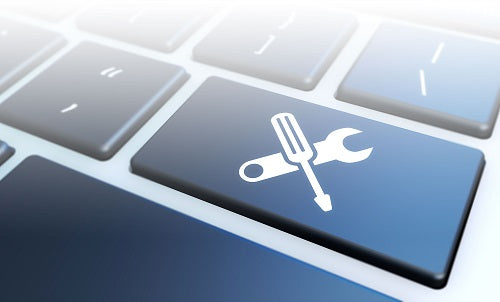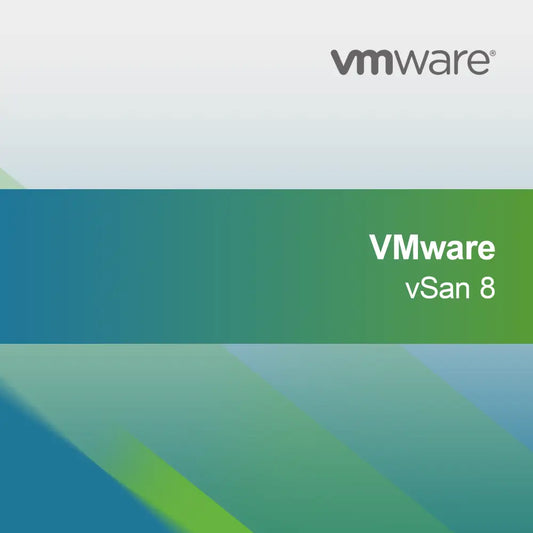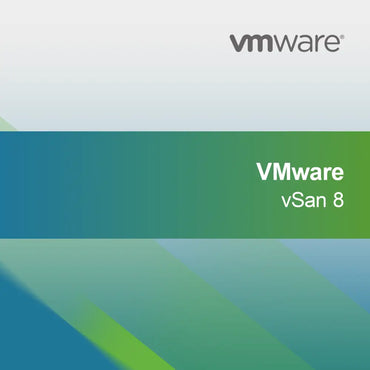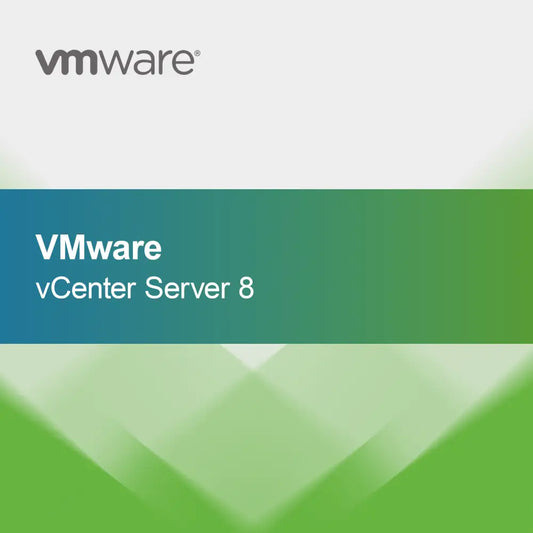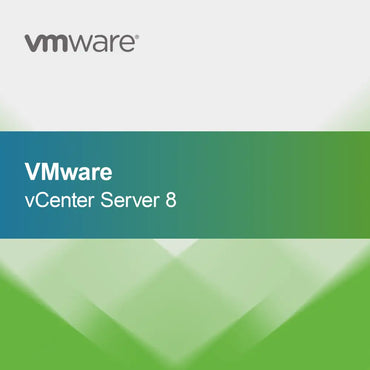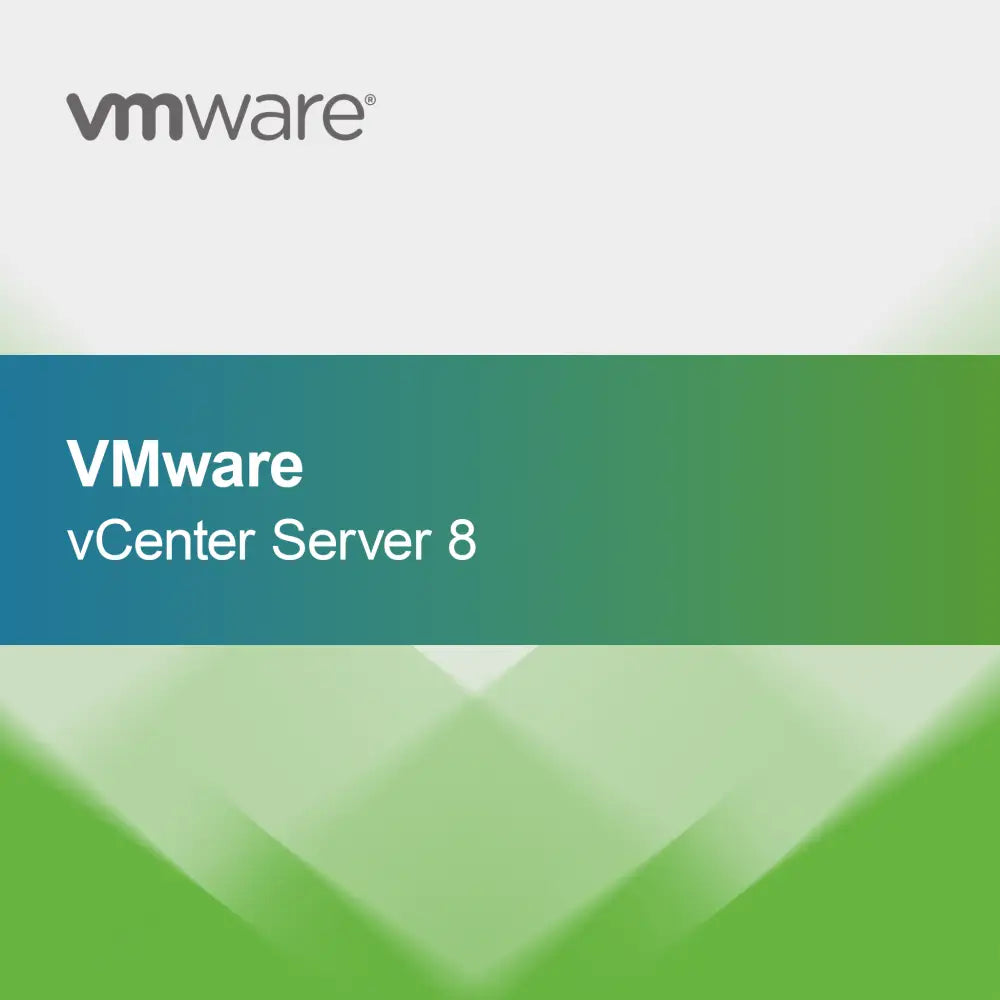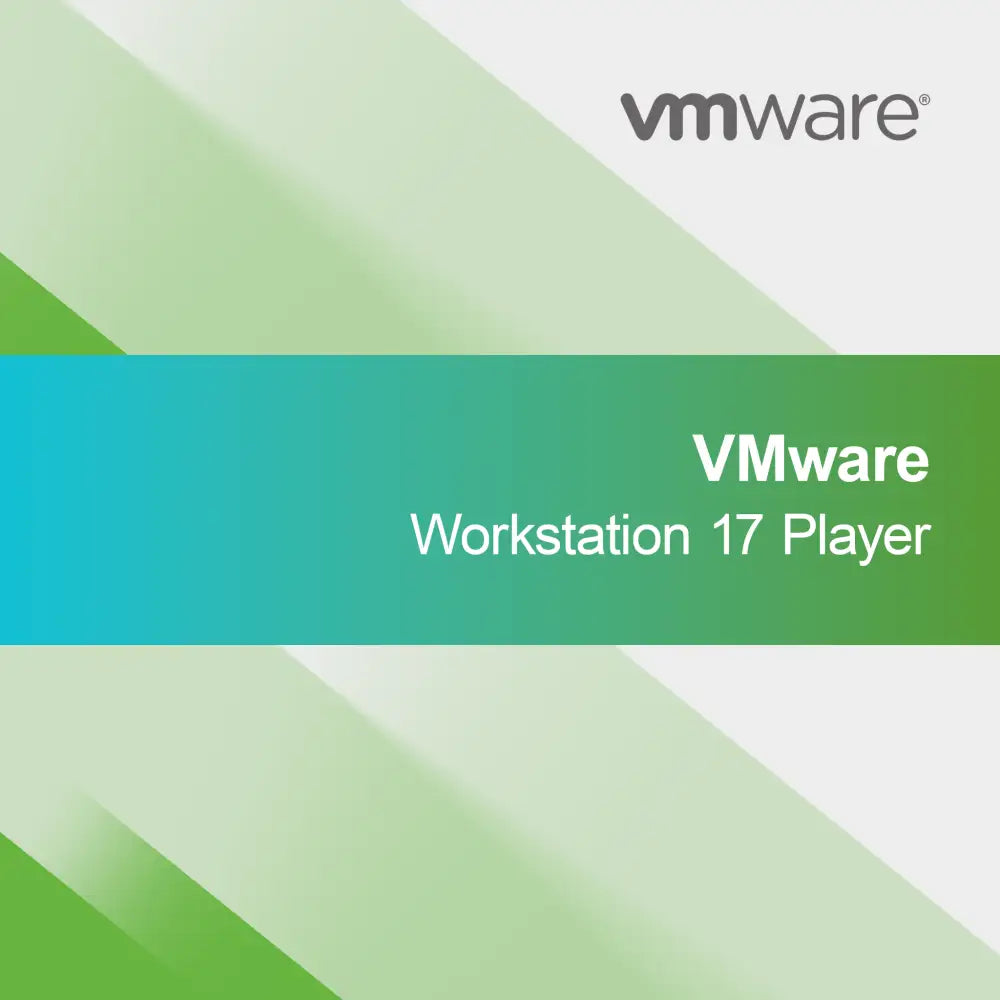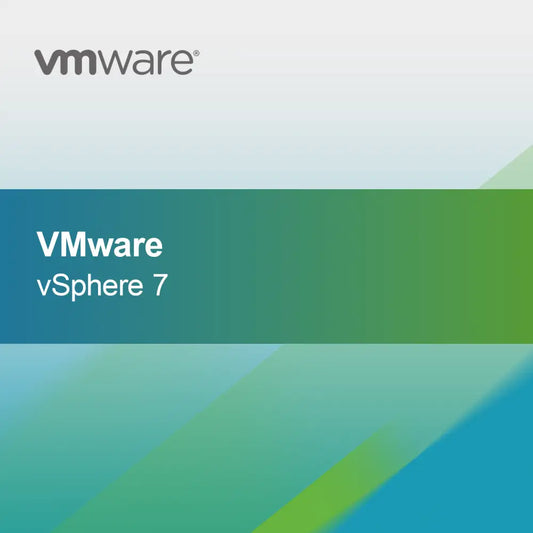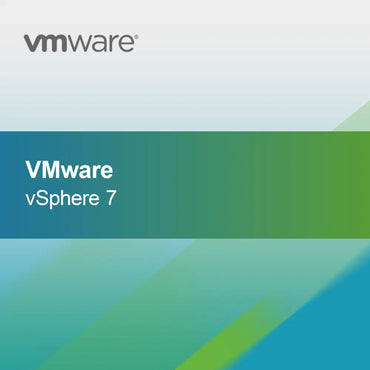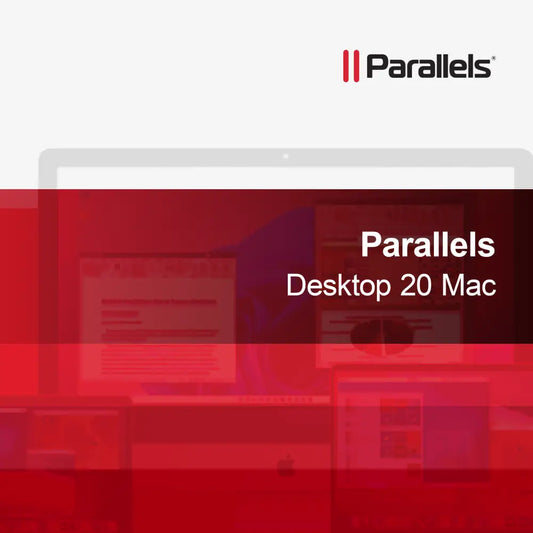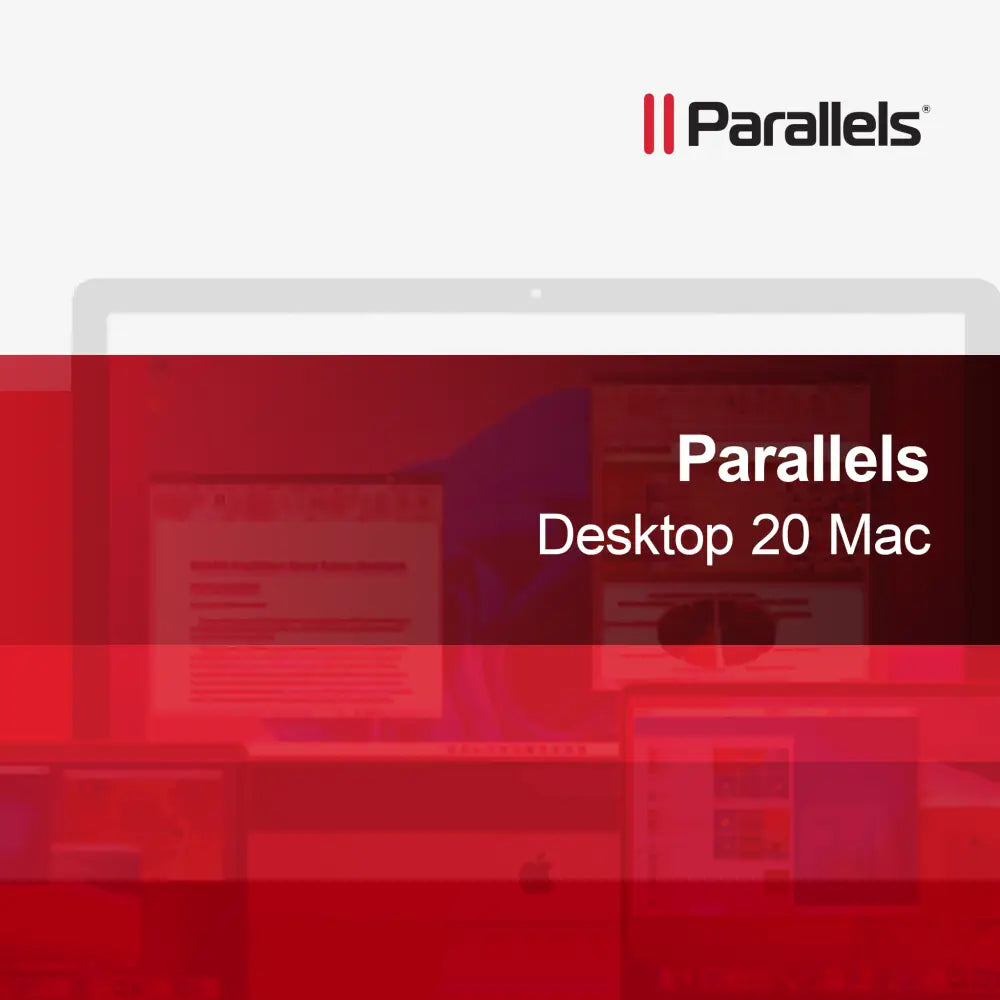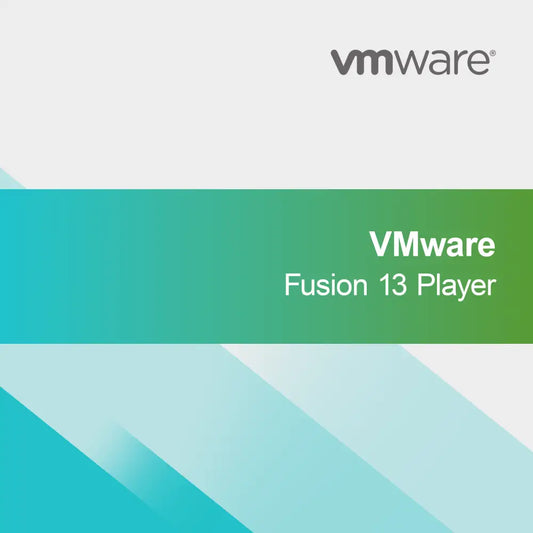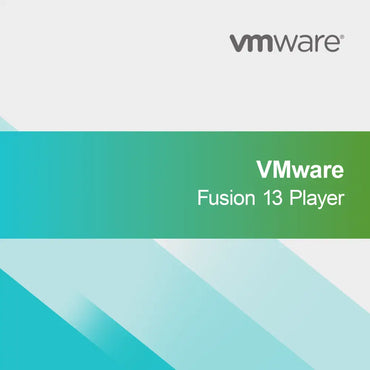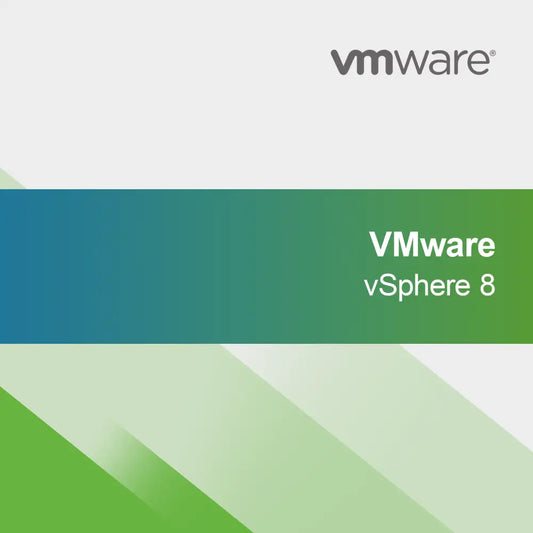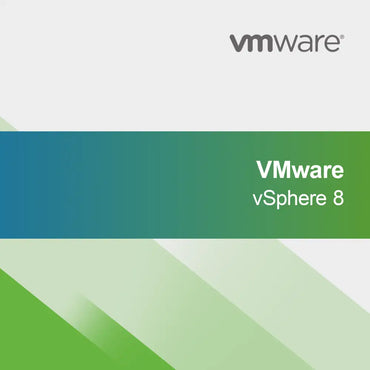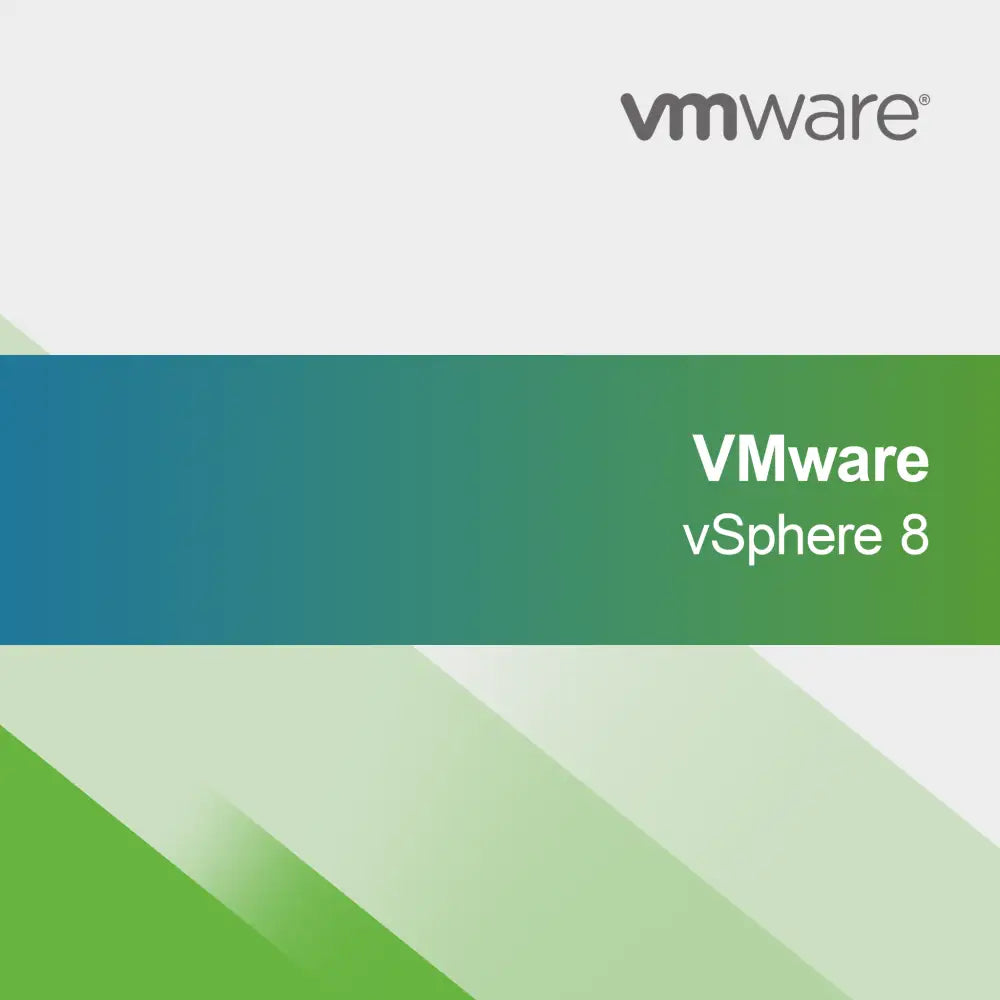-
Parallels Desktop for Mac Business
Regular price From 8.500 FtSale price From 8.500 Ft Regular priceUnit price perParallels Desktop for Mac Business With Parallels Desktop for Mac Business, you can use Windows programs directly on your Mac without needing to restart the computer....
-
VMware Thinapp Enterprise 5
Regular price 2.900 FtSale price 2.900 Ft Regular priceUnit price perVMware ThinApp Enterprise 5 With the license key for VMware ThinApp Enterprise 5, you get a powerful application virtualization solution that helps you securely isolate software...
-
Parallels Desktop 20 Pro Mac
Regular price From 8.200 FtSale price From 8.200 Ft Regular priceUnit price perParallels Desktop 20 Pro for Mac With Parallels Desktop 20 Pro, you can effortlessly run Windows and other operating systems on your Mac. Benefit from the...
-
Parallels Desktop for Mac Business Renewal
Regular price From 8.600 FtSale price From 8.600 Ft Regular priceUnit price perParallels Desktop for Mac Business Renewal Renew your license for Parallels Desktop for Mac easily and benefit from powerful virtualization software that allows you to effortlessly...
-
VMware vSan 8
Regular price 253.900 FtSale price 253.900 Ft Regular priceUnit price perVMware vSAN 8 With VMware vSAN 8, you get a powerful and flexible storage solution perfectly tailored to virtualized VMware environments. This software-defined storage technology integrates...
-
VMware vCenter Server 8
Regular price From 143.800 FtSale price From 143.800 Ft Regular priceUnit price perVMware vCenter Server 8 With the license key for VMware vCenter Server 8, you get a central solution for efficient management of your virtual machines and...
-
VMware Workstation 17 Player
Regular price From 7.700 FtSale price From 7.700 Ft Regular priceUnit price perVMware Workstation 17 Player With VMware Workstation 17 Player, you can effortlessly create and manage virtual machines. The intuitive user interface makes it easy for both...
-
VMware vSphere 7
Regular price From 38.000 FtSale price From 38.000 Ft Regular priceUnit price perVMware vSphere 7 With VMware vSphere 7, you get a powerful virtualization platform specifically designed for the demands of modern data centers. Benefit from a flexible...
-
Parallels Desktop 20 Mac
Regular price From 4.900 FtSale price From 4.900 Ft Regular priceUnit price perParallels Desktop 20 for Mac With Parallels Desktop 20 for Mac, you can easily use Windows and other operating systems on your Mac. Experience seamless integration...
-
VMware Fusion 13 Pro
Regular price From 9.200 FtSale price From 9.200 Ft Regular priceUnit price perVMware Fusion 13 Pro With VMware Fusion 13 Pro, you can effortlessly create and manage virtual machines on your Mac to run multiple operating systems in...
-
VMware Fusion 13 Player
Regular price From 8.700 FtSale price From 8.700 Ft Regular priceUnit price perVMware Fusion 13 Player With VMware Fusion 13 Player, you have the ability to create and run virtual machines directly on your Mac. The intuitive user...
-
VMware vSphere 8
Regular price From 47.600 FtSale price From 47.600 Ft Regular priceUnit price perVMware vSphere 8 With VMware vSphere 8, you get a powerful solution for efficiently managing your virtualization environment. This platform was specifically designed for modern data...
Virtualization
What is virtualization and why is it important?
Virtualization refers to the technology that enables running multiple virtual machines on a single physical computer. This technology is crucial because it optimizes resource usage, reduces operating costs, and increases flexibility. Through virtualization, companies can make their IT infrastructure more efficient by better utilizing hardware resources while simplifying management. This leads to improved scalability and agility in the IT environment.
What types of virtualization are there?
There are different types of virtualization, including server virtualization, desktop virtualization, and application virtualization. Server virtualization divides physical servers into multiple virtual servers, while desktop virtualization allows desktop environments to be centrally managed and delivered. Application virtualization, on the other hand, isolates applications from the underlying infrastructure, simplifying deployment and management. Each type has its own advantages and use cases.
How does virtualization work?
Virtualization works through the use of hypervisors, which act as intermediaries between the hardware and the virtual machines. The hypervisor allows multiple operating systems to run simultaneously on a single physical server by efficiently distributing hardware resources. This is done by abstracting the hardware so that each virtual machine can operate independently as if it were running on its own physical server. This technology enables a flexible and cost-efficient IT environment.
What are the benefits of virtualization?
The benefits of virtualization are diverse. It enables better resource utilization since multiple virtual machines can run on a single server. This leads to cost savings in hardware and energy consumption. Additionally, virtualization improves fault tolerance because virtual machines can be quickly migrated to other physical servers. Management also becomes easier as updates and maintenance can be performed centrally without affecting the entire infrastructure.
What are the challenges of virtualization?
Despite the many advantages, virtualization also brings challenges. These include the complexity of managing virtual environments and the need to implement appropriate security measures. Performance can also be affected if resources are not optimally allocated. Companies must ensure they have the necessary knowledge and tools to overcome these challenges and fully leverage the benefits of virtualization.
How do I choose the right virtualization solution?
When choosing a virtualization solution, you should consider your specific requirements and goals. Think about which type of virtualization is best suited for your environment and which features are important for your business. Also pay attention to the scalability of the solution, support for different operating systems, and integration with existing systems. A thorough analysis helps you find the right solution that optimizes your IT infrastructure.
How can I get started with virtualization?
To get started with virtualization, you should first conduct a needs analysis and define the goals of your virtualization strategy. Then select the appropriate virtualization software and plan the implementation. It is advisable to start with a test environment to understand how it works and identify potential issues early. Training for your IT team can also be helpful to ensure that all participants are familiar with the new technology.
